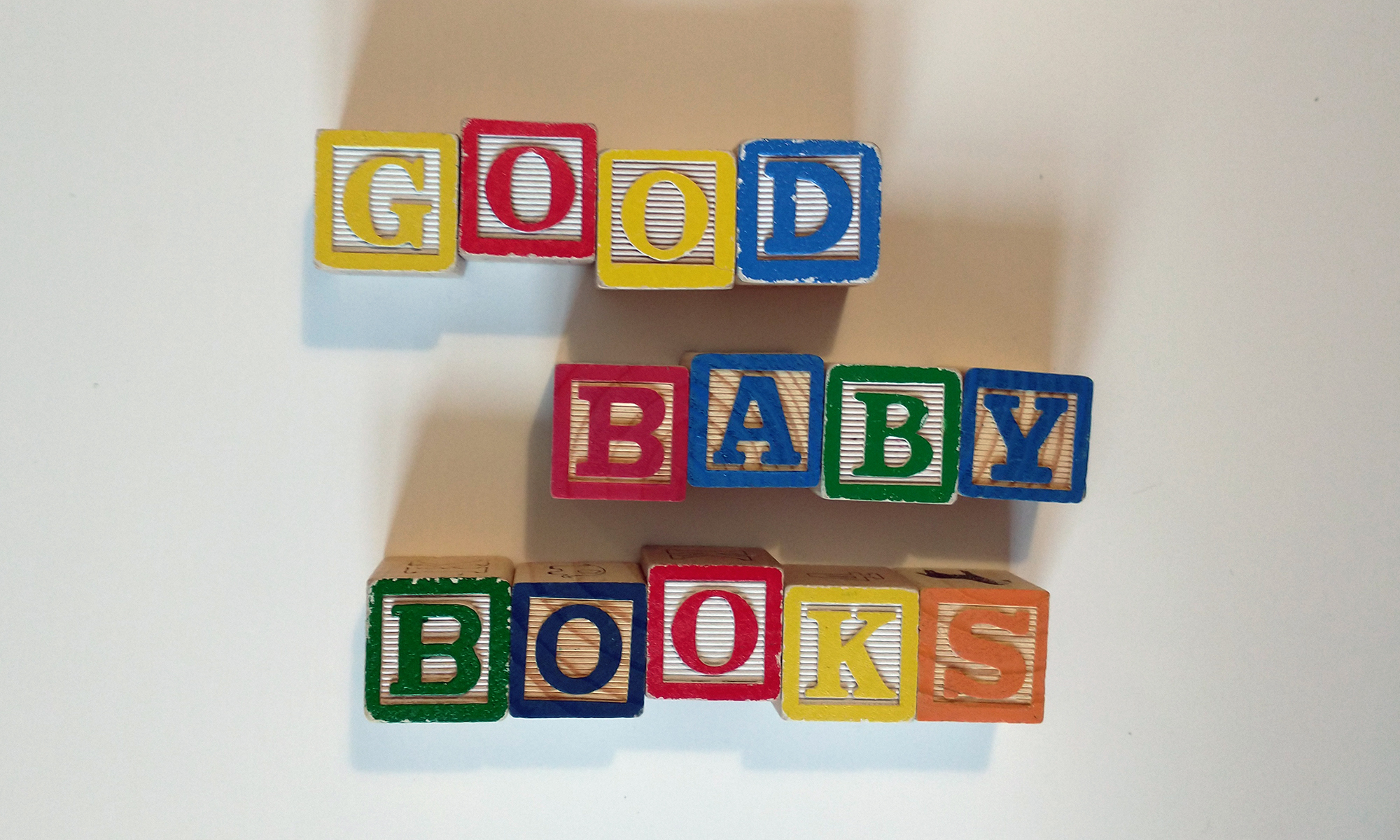You don’t need a degree in child development to learn the traits of a good baby book. In this episode, learn a bit about how babies’ brains are different from ours. Pat the Bunny and Goodnight Moon were both first published in the 1940’s, yet they remain beloved baby books today because they are able to meaningfully communicate with little ones. Find out the traits of a book that will be fun to read with your little one over . . . and over . . . and over . . . and over . . . and over . . . and over again.
Activity: Observe How a Baby Reads Books
Usually, the activities suggested here are for children. But this time, the activity is for adults (or possibly children who can take it seriously.)
Get a few books together for an infant or toddler. The books should follow the criteria discussed in the episode: having no complex characters and a very simple plot, if any at all. Illustrations should be simple and have clean lines with high contrast colors.
Allow the baby to direct the reading completely. Offer a book and begin reading. If the child loses interest in the book, offer a different one. If the child wishes to go back to a previous page or skip ahead to another page, follow along without interfering. Pay attention to which book the child spends the most time with. Are there particular pages that draw the most attention, or actions encouraged by the book that spark the most enthusiasm? Which book gets the most repeat readings? Which words or actions from the book, if does the child repeat after hearing you say them?
This activity can be done formally by collecting data on the number of times a baby looks at a given page or repeats a certain activity and then reporting on results, or informally through observation and discussion.

